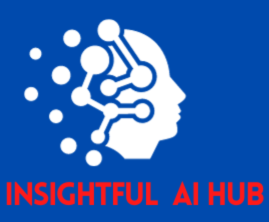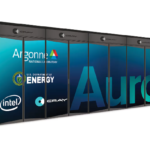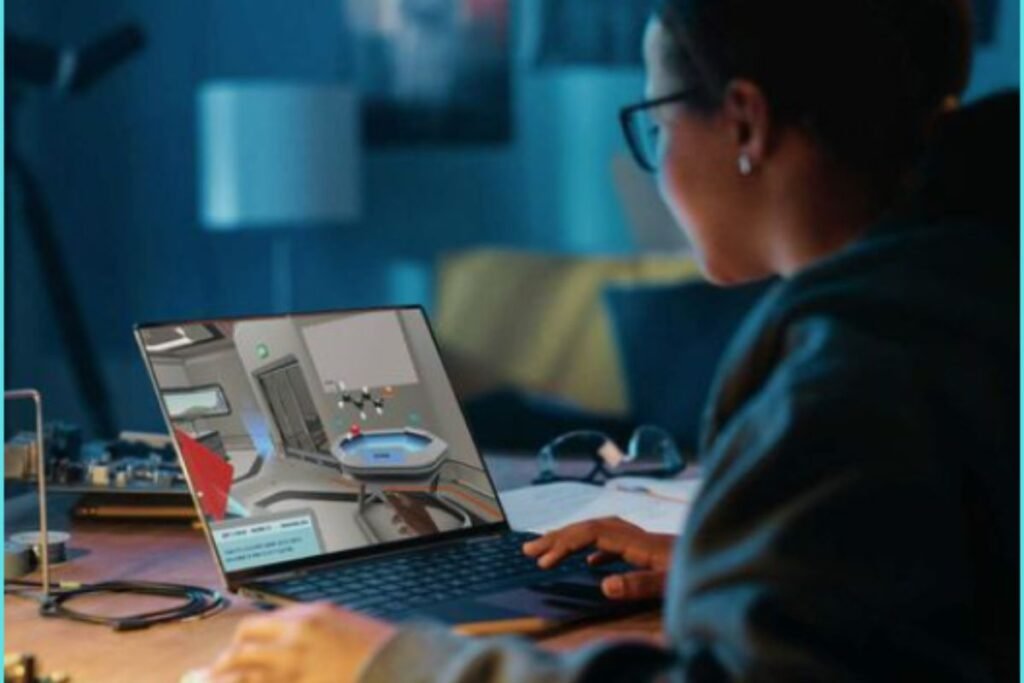The thermodynamic theory of computation is a field that explores the fundamental relationship between computation and thermodynamics, particularly focusing on the energy costs associated with computational processes. This theory is crucial for understanding and optimizing the energy efficiency of computing systems, from biological systems to modern computers.
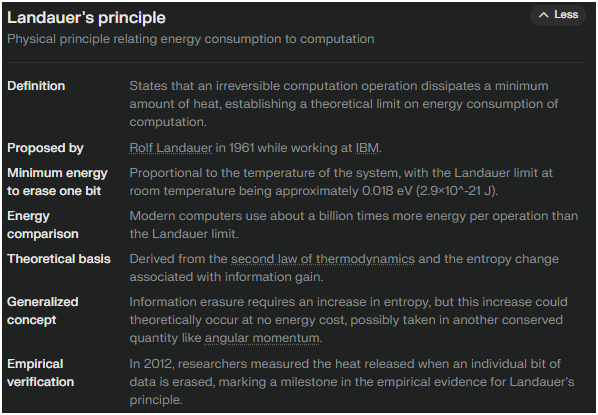
Recent Developments in the Thermodynamic Theory of Computation
Recent research has significantly advanced the thermodynamic theory of computation, integrating insights from nonequilibrium statistical physics, computer science, and information theory. A key aspect of this research is the exploration of the energy costs of computation, especially in systems that operate out of equilibrium or involve stochastic processes.
Expansion of Modern Theory
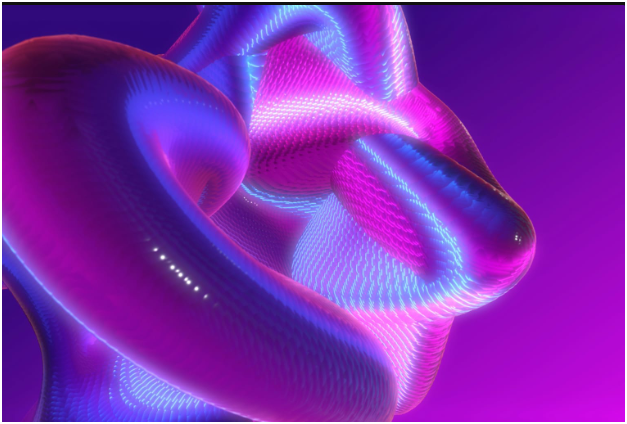
A recent study published in Physical Review X on May 13, 2024, by researchers from the Santa Fe Institute and other institutions, has expanded the modern theory of the thermodynamics of computation. This study introduces mathematical equations that predict the minimum and maximum energy costs of computational processes that depend on randomness, a common feature in modern computing systems[1][5][6]. The framework developed provides a way to calculate energy-cost bounds on computational processes with unpredictable outcomes, such as a coin-flipping simulator that stops after achieving a certain number of heads[1][5][6].

Practical Applications and Energy Efficiency
The research also points to practical applications in making computing more energy-efficient. The National Science Foundation estimates that computers currently use between 5% and 9% of globally generated power, a figure that could rise to 20% by 2030 due to growth rates in computing demand[1][6]. The new thermodynamic framework could help in designing more efficient computer architectures and algorithms, potentially reducing the energy consumption of real-world computing systems[1][6].
Biological Systems vs. Synthetic Computers
The study also compares the energy efficiency of biological systems and synthetic computers, noting that biological systems are approximately 100,000 times more energy-efficient[1][6]. This comparison not only highlights the inefficiency of current computing systems but also suggests that understanding the thermodynamics of biological computation could lead to more efficient synthetic computing designs.
Future Directions
The ongoing research aims to further refine the thermodynamic theory of computation by integrating it with practical computing applications. This includes developing new computational models that can operate with lower energy costs and exploring the thermodynamic implications of various computational processes in both synthetic and biological systems[2][12].
In summary, the thermodynamic theory of computation is evolving rapidly, with significant implications for both theoretical science and practical applications in computing technology. The integration of thermodynamic principles with computational theory is paving the way for more energy-efficient computing systems, which is crucial in an era of AI-increasing digital demand and energy usage.
Discover more AI News here.
Citations:
[1] https://www.sciencedaily.com/releases/2024/05/240513150501.htm
[2] https://www.santafe.edu/research/projects/thermodynamics-computation
[3] http://cba.mit.edu/docs/papers/96.isj.ent.pdf
[4] https://arxiv.org/abs/2102.09981
[5] https://journals.aps.org/prx/abstract/10.1103/PhysRevX.14.021026
[6] https://www.santafe.edu/news-center/news/new-work-extends-the-thermodynamic-theory-of-computation
[7] https://link.springer.com/article/10.1007/BF02084158
[8] https://phys.org/news/2020-08-thermodynamics-quest-turing-machine.html
[9] https://en.wikipedia.org/wiki/Computational_thermodynamics
[10] https://en.wikipedia.org/wiki/Landauer%27s_principle
[11] https://cra.org/ccc/thermodynamic-computing-applications/
[12] https://www.hpcwire.com/2021/06/03/what-is-thermodynamic-computing-and-could-it-become-important/
[13] https://link.springer.com/referenceworkentry/10.1007/978-0-387-30440-3_550
[14] https://arxiv.org/html/2312.04836v1
[15] https://news.ycombinator.com/item?id=40354988
[16] https://www.eng.uc.edu/~beaucag/Classes/AdvancedMaterialsThermodynamics/Books/Zi-Kui%20Liu,%20Yi%20Wang%20-%20Computational%20Thermodynamics%20of%20Materials-Cambridge%20University%20Press%20%282016%29.pdf
[17] https://www.sfipress.org/books/energetics-of-computing-in-life-and-machines
[18] https://www.sciencedirect.com/science/article/abs/pii/S1359645420306054
[19] https://www.barnesandnoble.com/w/computational-thermodynamics-of-materials-zi-kui-liu/1126355694
